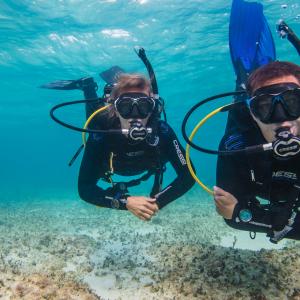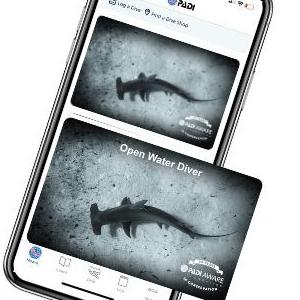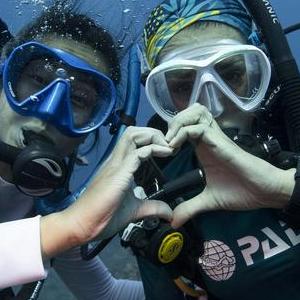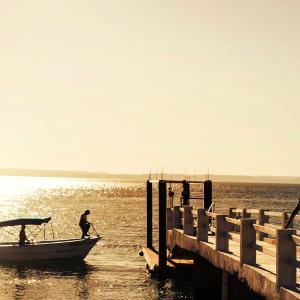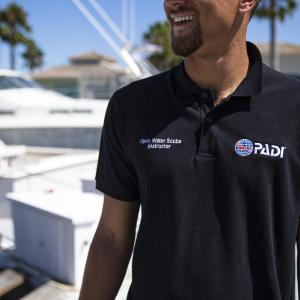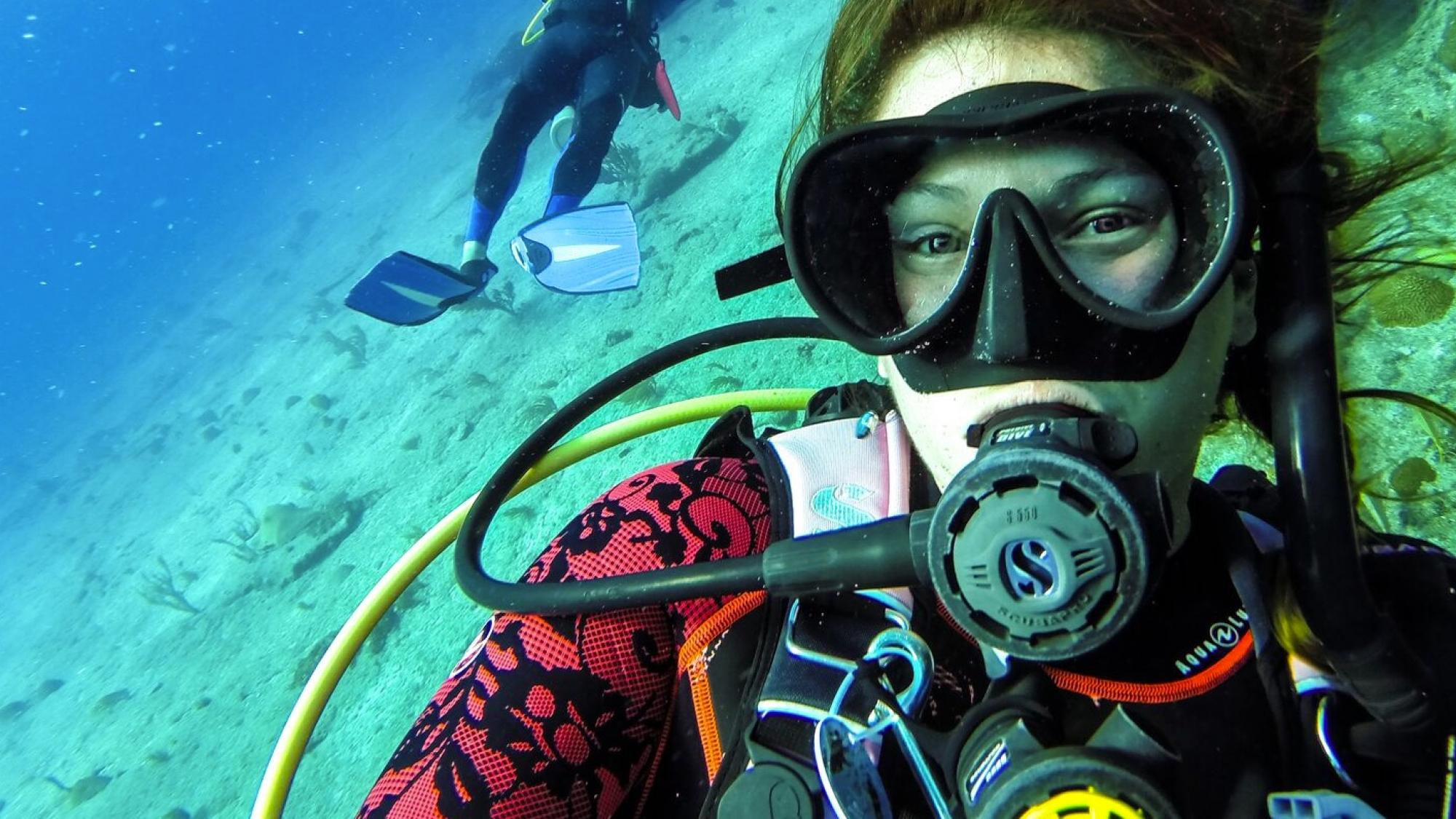الوصف
If you think about it, breathing underwater is pretty remarkable, and it all happens because of the regulator. The scuba regulator is a great invention that delivers the air from your scuba tank to you just the way you need it to breathe.
A scuba diving regulator is the hub of your dive equipment, and links many pieces of gear – your scuba tank to your BCD, submersible pressure gauge (SPG), alternate air source and you. You’ll always remember your first breath underwater using a regulator – it’s thrilling. However, you’ll soon forget it’s in your mouth as you’re distracted by your dive adventures – which is why you need to have a reliable, easy breathing regulator – so you can forget. Visit your PADI Dive Center or Resort to get advice about regulators.
Standard Features
- First stage – Attaches to the scuba tank valve, reduces tank air pressure to an intermediate pressure and routes it to several hoses.
- Second stage – Mouthpiece you breathe from. Also called a demand valve because it gives you air when you demand it (inhale) at the exact pressure you need for breathing comfortably.
- Alternate air source – Spare mouthpiece that provides an easy way to share air in case you need to help another diver. Sometimes the alternate second stage is built into the inflator on your buoyancy control device (BCD).
- Low-pressure BCD inflator – Connected to the first stage by a low-pressure hose. If you wear a dry suit, you’ll have another inflator hose connected to it.
- SPG (submersible pressure gauge) – Connected to a high pressure port on your first stage so that it can sense exactly how much air pressure you have remaining in your tank.
Optional Features
- Regulators connect to cylinder valves with either a DIN (screw in) or yoke (bracket) system. There are adapters to make DIN regulators work with a yoke valve.
- Environmental seals keeps salt, sediment and other contaminants from entering the first stage, and helps prevent the internal components from freezing in cold temperatures.
- Most regulators can be used with enriched air (EANx), but some manufacturers require their regulators to meet oxygen service standards for use with gas above 22 percent oxygen.
- Adjustable second stages allow you to fine-tune breathing so it’s always as easy as possible.
- A dive/predive switch makes your second stage temporarily less sensitive so it doesn’t free-flow.
- An under-the-arm hose option for the second stage is available for a few models.
- Different mouthpieces, exhaust tees and hoses are also options.
How to Choose
The scuba regulators you’ll find in a PADI Dive Center or Resort are all good products. The key is to choose a regulator that offers the performance you need for the environments where you’ll dive, and can be easily serviced at your local dive operation.
- Have your PADI Dive Center staff show you top-of-the-line regulators that meet your needs.
- Know whether DIN or yoke connections are typical for tanks in your area, and look for the same connection on your regulator.
- Evaluate all the items that will be part of your regulator package to make sure there are enough ports on the first stage in the right configuration.
- Ask to have your top regulator choices hooked up to a tank to test how they breathe. Check out the mouthpiece fit.
- After trying a few regulators, pick the best one, or best complete package, based on what works for you.
Maintenance
- Your regulator with all attachments should be assembled and checked by a dive professional at your PADI Dive Center or Resort.
- Register the warranty with the manufacturer immediately.
- Invest in clips to prevent hoses from dangling and hose protectors for all hoses to increase the hose life.
- Gently rinse your scuba regulator in fresh water as soon as possible after diving. Make sure you put the first stage dust cover firmly in place. Don’t press the purge button while rinsing.
- Let your regulator dry completely, out of direct sunlight.
- When storing, allow the hoses to form large, gentle curves rather than tight loops or bends. Keep flat if possible.
- Have your regulator professionally serviced according to the manufacturer’s specifications, or sooner if you see signs of damage, it begins to breathe hard or leak air. Ask your PADI Dive Center or Resort to send you a reminder when it’s time for scheduled servicing.

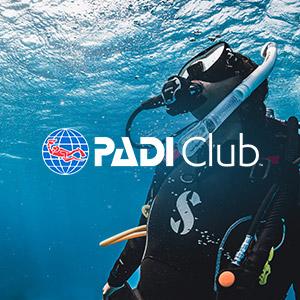
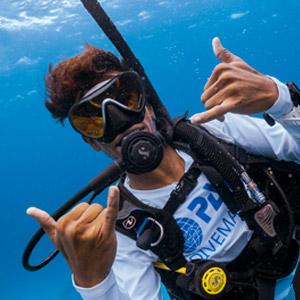

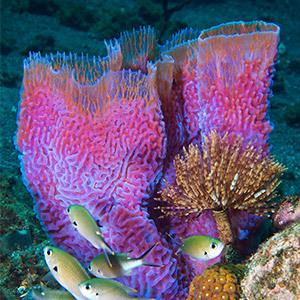
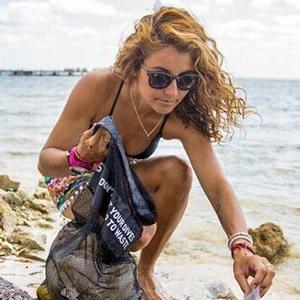

 المخلفات البحرية
المخلفات البحرية
 حماية أسماك القرش وأسماك الراي
حماية أسماك القرش وأسماك الراي
 Adopt The Blue
Adopt The Blue


